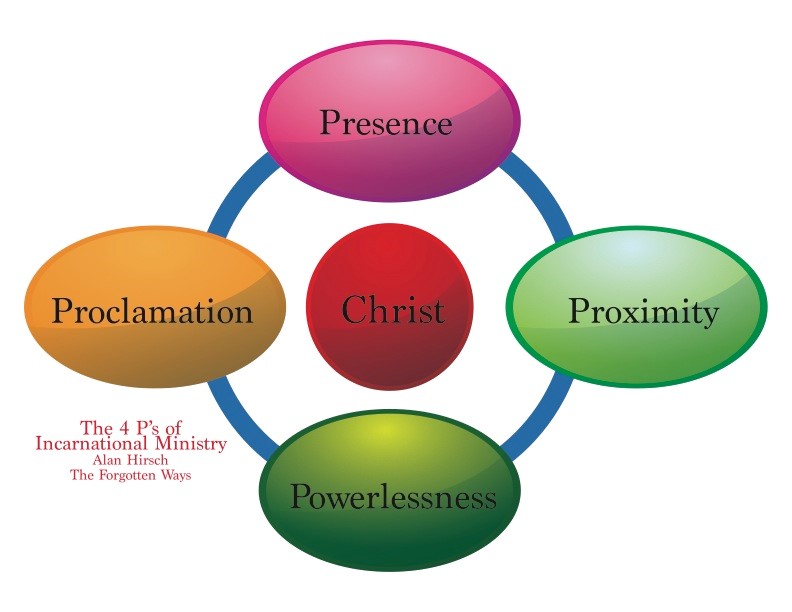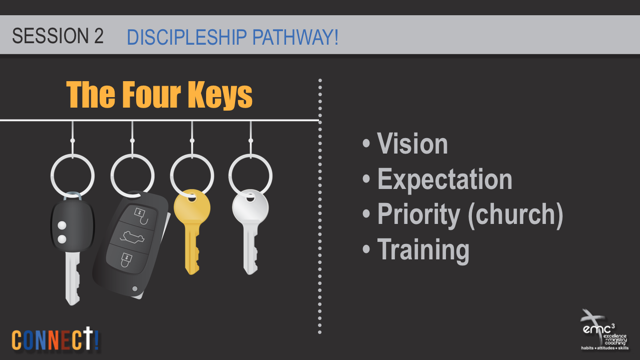May 26, 2015
By Phil Maynard
Once you have committed to the design philosophy of creating a thematic worship series, the challenge, as espoused in books like The Big Idea, is to tailor all elements of a particular worship service to reinforce the theme for the day. It is possible, and indeed invigorating, to get your creative planning team energized about conceiving every aspect of congregational worship to explore an aspect of the theme. This creates a powerful connection with worshipers. It deepens the experience of worship and it offers multiple opportunities to engage individuals. One person may connect strongly with the sermon, another not all, but that second worshiper might be greatly moved by a dramatic monologue or a piece of special music, a prayer, or even a visual image.
This approach works favorably with ALL worship styles and all worship sizes, and if you are in a congregation that celebrates more than one worship style, you will develop a feel for the elements which can be used equally well in traditional or contemporary settings and ways in which they can be tweaked to take an element that works better in one style (a formal litany, for instance) and how it might be adjusted to work in a totally different setting.
A great example of this might be a traditional Prayer of Confession that fits seamlessly into a traditional worship service. You might not use a Prayer of Confession at all in a contemporary praise service, but no doubt there is a congregational prayer, and verbiage from the Prayer of Confession could be passed along to that prayer leader to be used in crafting that prayer.
Detailed advance planning and the gift of time to develop ideas will make it possible for your creative team to exchange ideas and build on one another’s input. If you are refining your planning document as the day of a particular worship service grows closer (preferably in an easily accessible online environment), then there can be a robust exchange that leads to stronger ideas. It often works best to have one person responsible for generating (or at least wrangling) the initial plan, and then making it available to others in the process to comment on or offer alternatives. There has to be a real lack of ego in this process for it to be successful (listen up, pastors!!) and honest feedback is essential. Turn your strong music, drama, and visual arts leaders loose to run with your clearly stated descriptions for where want the worship series and this particular Sunday to go – and then sometimes you have to get out of their way!
Let’s say hypothetically that you have undertaken a worship series on Hospitality and your specific theme for the day is taking time to put aside the to-do list and practice presence as evidenced in the scripture story of Martha and Mary found in Luke 10. This scripture and the synopsis you have written for your Hospitality worship series become the foundation for the elements that will fill out your worship series. Google is your friend!
There are plenty of on line resources to help you identify prayers, litanies, and worship ideas, such as re:worship (http://re-worship.blogspot.com/) and Ministry Matters (http://www.ministrymatters.com/
). After you’ve lived by this process for a while, you will get a feel for what web sites and resources best connect with your church’s vibe – some of you, even as you read this, are looking at those two suggestions and saying either “Yes! I love those guys” or “Good grief! I never find anything I can use there.” And some of you are looking longingly at your favorite go-to books on the shelf in your study. All resources are good. Use what works for you and your team. And there are writers hidden in your congregation as well who would love this kind of challenge given the opportunity.
It’s not a difficult task to find (or write!) a Call to Worship based on the scripture passage cited above. And here’s an example of a Prayer of Confession that reinforces its themes:
Lord, you make yourself available to all who seek, but we are too busy in all the wrong ways. We confess that we fill our lives with entertainment and leisure, but we don’t have time for you. We spend more time with our gadgets than we do with our Bibles. We spend more time on our to-do lists than on our relationships. We neglect people in favor of things, and we neglect things of eternal importance for momentary thrills. Please forgive us. Please teach us to say no to distractions and yes to people who need us. Remind us again of the difference between what matters and what doesn’t, and draw us closer to you. In the name of Jesus, we pray. Amen.
Read this again in the context of the earlier suggestion in this blog and see just how seamlessly this formal Prayer of Confession could be adapted as a basic payer shared by the worship leader between praise songs.
There are lots of options for scripts to act out this scripture, videos which explore the topic, and songs that fit both praise and traditional settings (“I Will Rest in You” at the praise service and a solo of “Just a Closer Walk with Thee” at the traditional). Even the meditation that proceeds the offering could be easily adapted to a contemplation of priorities, the Children’s Story could feature over-stressed puppets, and a personal testimony could humanize the challenge faced by all to live out the lesson of M&M.
It is always a strong strategy to have a visceral way for people to respond to the message of the day. Give people an index card and have them write down the ‘tasks’ that get in their way of a spending time with Jesus, then have them leave them at the altar. If you want to get some “getting to know you” dinner groups started within your congregation, physically pass around a clipboard and challenge people to stop making excuses and start signing up. Give people a specific challenge to put what they’ve absorbed into practice.
And don’t forget the benediction. Even that should resonate with the theme.
Go from this place renewed in your commitment to be less busy and more attuned to Christ’s presence. And in so doing to make yourself more available to be a bridge to Christ’s presence for others. Amen.
What are your strategies for working coordinated thematic elements into your worship services? How do you encourage creativity in this process? What are some of your most inspiring success stories? Join the conversation in the comments section.



Leave A Comment